Feeder cattle markets experienced light volumes during the final week of December and prices were relatively unchanged compared to week-ago levels. Yearling values were slightly softer, as these cattle will not have enough time to be ready for the April fed market. Buying interest for mid-weight categories was characterized as sluggish, while light-weight bawlers were […] Read more
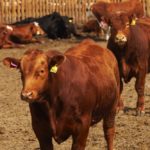
Klassen: Feeder market remains firm
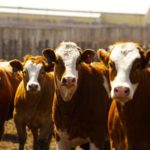
Klassen: Improving margins support lightweight feeder cattle
Compared to last week, Western Canadian feeder cattle markets traded $2 to $4 on either side of unchanged; however, calves under 650 pounds were steady to as much as $5 higher. Bids from Alberta packers were sharply higher with fed cattle trading in the range of $160 to $162 on Friday, up $5 to $6 […] Read more
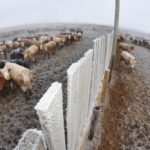
Klassen: Feeder cattle market volatility continues
Compared to last week, western Canadian feeder cattle markets traded steady to $5 higher on average. For the second week in a row, the markets were quite variable across the Prairies but shorter-keep yearlings appeared to lead the charge higher. In Alberta, quality 900-lb. steers were once again touching the $190 level and 800-lb.-plus steers […] Read more
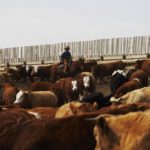
Klassen: Feeder cattle market under weight of imports
Compared to last week, western Canadian feeder cattle markets traded $5 lower to $2 higher. It’s that time of year when most feedlots are carrying sufficient numbers and buyers are hesitant to increase ownership unless they can see profitability. Auction market volumes contained weaned and unweaned calves over the past week; premiums returned for feeders […] Read more
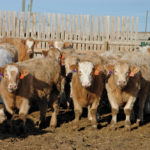
Calf prices will be sideways into 2020
Market Update with Jerry Klassen: Both the U.S. and Canada produced smaller calf crops in 2019
Alberta packers were paying $142 to $144 on a live basis in mid-November, relatively unchanged from last month’s average price. While Alberta prices have traded in a sideways range, fed cattle values south of the border have been percolating higher. In Nebraska, fed cattle were trading in the range of $114 to $116, up from […] Read more
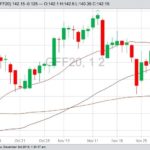
Klassen: Feeder cattle edge higher on improving margins
Compared to last week, western Canadian yearlings were $2-$3 higher; calf prices were $2 to as much as $4 higher; calves under 600 lbs. were $4 to as much as $10 higher in some cases. February and April live cattle futures appear to be incorporating a risk premium due to the uncertainty in beef production […] Read more
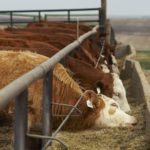
Klassen: Feeder cattle market drops on soft demand
Compared to last week, western Canadian yearling markets were down $4-$6 while calf prices dropped $5 to as much as much as $10 in some cases. Comments from order buyers reflect very sluggish demand for this time of year. Ontario farmers have harvested about 50 per cent of the corn crop and buying interest from […] Read more

Klassen: Challenging weather influencing feeder market
Compared to last week, western Canadian yearling prices were relatively unchanged; calves appeared to trade $3 lower to as much as $5 higher. Weather conditions have played a larger role in the price structure this fall. Major finishing feedlots continue to focus on preconditioned calves and have left the unweaned or unvaccinated feeders to the […] Read more

Klassen: Feeder cattle market consolidation continues
Western Canadian feeder cattle markets were unchanged from week-ago levels. Larger pre-sort calf sales were held across the prairies. Buying interest was barely sufficient to support the market at the current levels. The risk tolerance shifted from medium to low this past week. Discounts appeared to be more severe on unweaned and unvaccinated calves. Colder […] Read more

Second-quarter beef production to affect market
Market Update with Jerry Klassen: Tighter U.S. supplies will continue until April, then the tide will turn
Alberta fed cattle prices were trading in the range of $136 to $139 during the war half of September, while in mid- to late October Alberta packers were buying fed cattle in the range of $143 to $145. Although fed cattle prices have ratcheted higher, yearling and calf markets are relatively unchanged. In central Alberta, […] Read more


